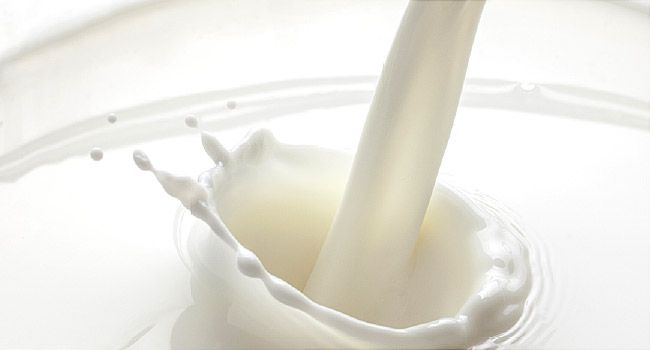Essential Understanding Of Baking Leaveners
If you've ever created a loaves of bread or perhaps a batch of biscuits and forgot to put in the leavening agent, you quickly realize how important this one ingredient might be. It is not like omitting choc chips inside a chocolate chip cookie recipe or omitting the nuts within your brownies. Should you be making any sort of bread product, leavening is a must. The kind you utilize entirely is determined by what you're making. Basically, leavening agents add lightness with a baked product by helping it to grow or "rise". It is great to understand each kind does and how it works, as they are not truly interchangeable. Common leaveners include yeast, whether or not it's granulated or cake, baking powder, and sodium bicarbonate.
Yeast is often a microscopic single-cell organism that ferments then produces skin tightening and. These bubbles of skin tightening and get stored in the dough and invite the item to rise. As well as producing the increase you are interested in, yeast gives an amazing, distinctive flavor and smell in your product and your home. Many modern recipes request active dry yeast. If your recipe does call for cake yeast, just stick to the directions. It's important to understand that yeast requires liquid to operate. And temperature is important. Yeast should be dissolved in water that's 110-115 degrees. If the water's too hot, the yeast will die. Whether it's too cool, it certainly can't activate along with the result will likely be like you never added any leavening.
Baking powder is a combination of baking soda, dry acid and starch. It releases skin tightening and within a two stage process. First when liquid is included with the product. And then in the event the mixture is heated, as with baking. While baking powder is an excellent leavener and straightforward to use, it is critical to make use of the correct amount. Using an excessive amount of can lead to your baked goods having a bitter taste. What's more, it loses its raising ability quite quickly. So buy in control.
Baking soda also creates carbon dioxide and is combined with acidic ingredients including buttermilk, sour cream, brown sugar or fruit juice to make those bubbles that will make baked products rise. The soda and acid react when the liquid is added. So goods that use only sodium bicarbonate have to be baked immediately or they don't rise. Just like baking powder, it is critical to stick to the directions. If an excessive amount of sodium bicarbonate is added, the end product have a soapy taste. 
Understanding Baking Leaveners
If you've ever developed a loaves of bread or possibly a batch of biscuits and forgot to put in the leavening agent, you quickly realize how important this one ingredient can be. It isn't like omitting choc chips within a chocolate chip cookie recipe or omitting the nuts with your brownies. If you are making any sort of bread product, leavening is essential. What type you employ entirely is dependent upon what you're making. Basically, leavening agents add lightness with a baked product by helping it to cultivate or "rise". It is great to understand what each type does and exactly how it really works, as is also not truly interchangeable. Common leaveners include yeast, whether it's granulated or cake, baking powder, and baking soda.
Yeast is really a microscopic single-cell organism that ferments and after that produces co2. These bubbles of skin tightening and get stored in the dough and permit the product or service to go up. Together with producing the increase you are interested in, yeast gives an incredible, distinctive flavor and smell for your product as well as your home. Many modern recipes require active dry yeast. If a recipe does require cake yeast, just continue with the directions. It is critical to do not forget that yeast requires liquid to perform. And temperature is important. Yeast ought to be dissolved in water that's 110-115 degrees. In the event the water's hot, the yeast will die. If it's too cool, it's not going to activate along with the result is going to be exactly like you never added any leavening.
Baking powder is really a combination of baking soda, dry acid and starch. It releases co2 in a two stage process. First when liquid is put into the product. And then once the mixture is heated, as with baking. While baking powder is an excellent leavener and straightforward to work with, it is advisable to use the correct amount. Using an excessive amount of can lead to your baked goods having a bitter taste. Additionally, it loses its raising ability quite quickly. So buy in a small amount.
Baking soda also creates carbon dioxide and is used with acidic ingredients including buttermilk, sour cream, brown sugar or juice to produce those bubbles that make baked products rise. The soda and acid react when the liquid is added. So items that don't use anything but sodium bicarbonate should be baked immediately or they will not rise. Much like baking powder, it's important to continue with the directions. If a lot of sodium bicarbonate is added, the conclusion product may soapy taste.
For more details about ingredients for the food industry web portal: visit site.